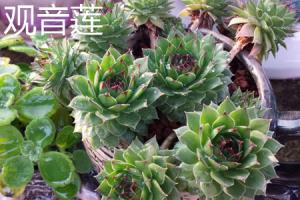How much water to give kangaroo paw plants in zone 9
Kangaroo paw plants are striking and unique plants that are native to Australia. They are often grown in gardens and landscapes in zones 9 and above. These plants have a distinctive appearance with long, slender stems and furry, bell-shaped flowers that resemble paws. However, like all plants, they have specific watering needs to thrive. In this article, we will explore how much water to give kangaroo paw plants in zone 9.
The watering needs of kangaroo paw plants
First and foremost, it is essential to understand the watering needs of kangaroo paw plants. These plants require well-draining soil and do not like to sit in water. Overwatering can lead to root rot and other problems, which can ultimately kill the plant. At the same time, underwatering can cause the plant to dry out and wilt.
So, how much water do kangaroo paw plants need? It is best to give these plants a deep watering once or twice a week, depending on the weather conditions. In hot, dry weather, they may need more frequent watering. But remember, these plants tolerate drought and do not require constant moisture.
How to water kangaroo paw plants
When watering kangaroo paw plants, it is important to water deeply to encourage the roots to grow down into the soil. Shallow watering can cause the roots to stay near the surface, which can make the plant more susceptible to drying out. Watering deeply once or twice a week will help the plant establish a stronger root system that can better withstand dry periods.
Another important factor to keep in mind is to water the soil, not the leaves or flowers. Wet foliage can lead to fungal diseases that can harm the plant. Additionally, the furry flowers can collect water, which can lead to rotting.
Signs of overwatering and underwatering
It is essential to monitor kangaroo paw plants for signs of overwatering and underwatering. Signs of underwatering include wilting, yellowing leaves, and dry soil. In severe cases, the plant may drop leaves or flowers. On the other hand, signs of overwatering include yellowing leaves, mushy stems, and a foul smell. The soil may also be damp and have a heavy, waterlogged feel.
If you notice any of these signs, adjust your watering schedule accordingly. If you are underwatering, increase the frequency of watering to once every 3 to 4 days. If you are overwatering, reduce the frequency and amount of water given to the plant, allowing the soil to dry out between waterings.
Conclusion
Kangaroo paw plants are unique and beautiful plants that require specific watering needs to thrive. Giving them a deep watering once or twice a week is essential, making sure the soil is moist but not waterlogged. By being mindful of their watering needs and monitoring them for signs of overwatering and underwatering, you can ensure a healthy and long-lasting kangaroo paw plant in your garden or landscape.

 how many times do yo...
how many times do yo... how many planted tre...
how many planted tre... how many pine trees ...
how many pine trees ... how many pecan trees...
how many pecan trees... how many plants comp...
how many plants comp... how many plants can ...
how many plants can ... how many plants and ...
how many plants and ... how many pepper plan...
how many pepper plan...





























